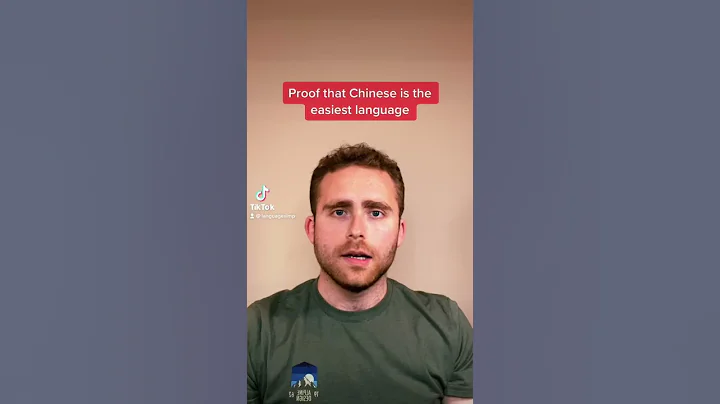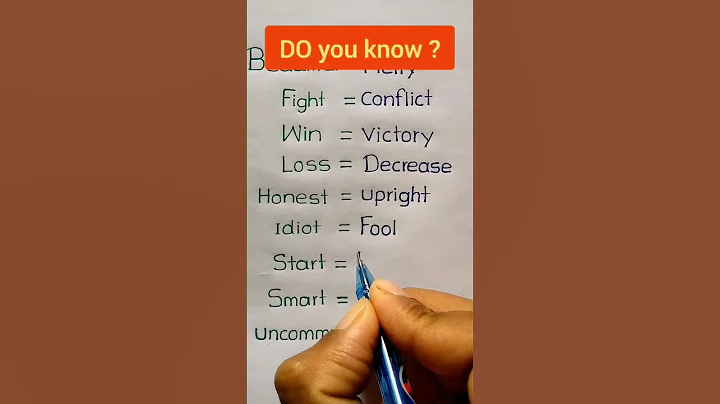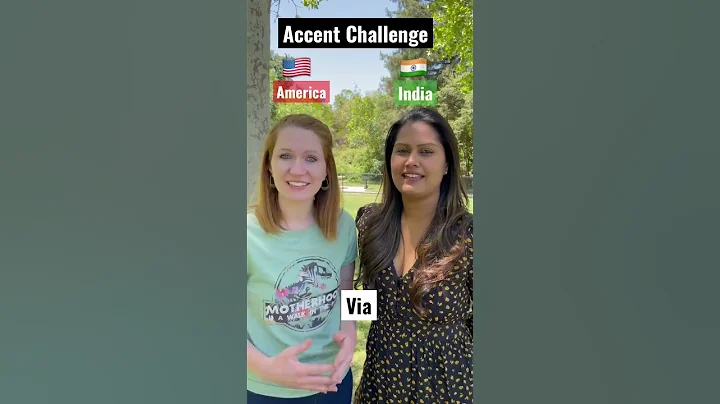When you were an undergraduate, were you envious of the classmates around you who were successfully admitted to graduate school because of publishing an SCI article, and who won the national award? Are you a graduate student who can't sleep at night because you can't send SCI and can't meet the graduation requirements? Don’t be envious or worry, follow the editor to learn some relevant knowledge and help you successfully publish in SCI!
To talk about how difficult it is to publish SCI, a piece of news about boys in a certain school sending girls SCI papers immediately made countless doctors in the academic community lament that they would never be able to publish so many papers in their lifetime. Let’s not discuss the content of this news for now. Let’s take you through how to distinguish SCI, SSCI, and ESCI!
 1. What are SCI, SSCI, and ESCI?
1. What are SCI, SSCI, and ESCI?
When you see these abbreviations of SCI, SSCI, and ESCI, are you confused? What does a bunch of "SCI" mean? What are the differences? Let me help you sort it out.
SCI

SCI should be most familiar to students majoring in science and engineering. SCI is the abbreviation of Science Citation Index, which is a citation database founded by Eugene Garfield of the Institute of Scientific Information (ISI) in Philadelphia, USA in 1957. The current Science Citation Index Expanded (SCIE) is what we call SCI.
SCI (Science Citation Index), EI (Engineering Index), and ISTP (Index of Scientific and Technological Conference Proceedings) are the three world-famous scientific and technological document retrieval systems and are internationally recognized as the main retrieval tools for scientific statistics and scientific evaluation.
A paper or a journal, if it can be included in SCI, we will say it is SCI paper , SCI journal . The total number of papers included in SCI by a scientific research institution reflects the scientific research of the entire institution, especially the level of basic research; the number of papers included in SCI and the number of citations of an individual reflect his research capabilities and academic level.
SSCI

SSCI should be most familiar to students in the humanities and social sciences. SSCI is the abbreviation of Social Sciences Citation Index ( Social Sciences Citation Index ). SSCI is a sister article of SCI and was also created by the American Institute of Scientific Information. It can be used to count the number of social science papers in different countries and regions. Large search tool for analysis.
SCI is a natural science citation index, focusing on the field of natural sciences; while SSCI is a social science citation index, focusing on the field of social sciences. Of course, due to the issue of subject integration, the scope of SSCI and SCI overlap. It is possible that a journal or paper is included in both SCI and SSCI.
ESCI
Although ESCI and SCIE look very similar, you may confuse them if you don't pay attention, but they are completely different concepts.
ESCI is the abbreviation of Emerging Source Citation Index. It is a new index added to the Web of Science database in 2015. It can be considered that ESCI is the reserve team of SCI. ESCI mainly includes publications that have potential and have had a certain influence in the academic world.
It should be noted that articles included in ESCI can also be retrieved in Web of Science, so not all SCI can be retrieved in Web of Science.
 2. The usefulness of SCI
2. The usefulness of SCI
Friends who work and study in the field of academic research must have some understanding of the usefulness of SCI.
- For undergraduates, one SCI paper may mean that they can get a recommended exemption; for master's students, one SCI paper with a high impact factor may mean national scholarship ; for doctoral students, two papers SCI may mean graduation; for those preparing to find teachers For professional doctoral students, a few high-impact SCI papers may mean getting the key to a teaching position; for academic green peppers, a few high-impact SCI papers may mean the title of associate professor...
For master's students, a high-impact SCI article may mean a national scholarship.In the national scholarship evaluation rules of many schools, corresponding scores are assigned to various journals. Taking the humanities and social sciences as an example, many schools stipulate that "SSCI for publishing an article in the core journal catalog will be worth 8 points, and ordinary SSCI will be worth 4 points. , CSSCI in the core journal directory is worth 4 points, ordinary CSSCI is worth 2 points, Peking University core is worth 1 point, and ordinary journals are worth 0.5.
It can be seen that SSCI has great advantages in scoring. For example, Tsinghua University The postgraduate national scholarship evaluation implementation plan of a certain school of Tsinghua University clearly stipulates the standard for paper bonus points:
Picture source network

For doctoral students, two SCIs may mean graduation. Many schools have publication requirements for doctoral graduates. Generally, two papers are published in core journals as the first author (or the supervisor is the first author, and the student is the second author). Some schools also stipulate that publishing an SSCI also meets the graduation publication requirements. , many students delay graduation often not because of "big thesis (dissertation)", but because of "small thesis", so it is particularly important to publish early and frequently. For example, according to the "Several Regulations of Peking University on the Training of Doctoral Students" it is clearly stated:
Picture source network

For doctoral students who are preparing to find teaching positions, a few high-impact factor SCI may mean that they have obtained the qualifications to obtain a teaching position. key. When recruiting in colleges and universities, applicants tend to pay more attention to their academic background and scientific research experience. Academic background mainly refers to the institution from which they graduated, while scientific research background mainly refers to the publication of academic papers, participation in scientific research projects, and transformation of scientific research results. Since PhDs rarely have the opportunity to serve as the main person in charge of national-level funding projects, SCI is often the most useful scientific research experience for people in the job search process. Again, everyone must publish early and publish more papers.
 3. SCI paper production process
3. SCI paper production process
What does the production process of an SCI paper include? If you want to publish an SCI article, where should you start preparing? The following will explain in detail the production process of SCI papers from the aspects of topic selection, collection of data and materials, selection of target journals, writing and submission.
Topic selection
A good topic selection is half the battle. If you usually pay attention to multiple core journals in your research field, you will find that many journals have preferences in topic selection, and many journals will be more willing Publish the latest issues in this field. For example, after the outbreak of the COVID-19 epidemic, many journals began to open special issues around the epidemic. The publication cycle of many special issues will be relatively short. If you seize the opportunity and combine hot topics with your research direction, you will get twice the result with half the effort. .
Collect data and materials, experiment
The second step in producing the paper is to collect data and related materials around the topic. If it involves experiments, you may have to formulate an experiment plan. If it is a paper in the humanities and social sciences, you can go through various Data are obtained through statistical yearbooks, large-scale social survey databases, official websites of local statistical bureaus, and questionnaires.
Select the target journal
People often ignore the selection of the target journal in the process of writing papers. The reason why this point should be emphasized is because different journals have huge differences in topic preferences, publication cycles, paper requirements, format requirements, etc. .
In terms of publication cycle, the publication cycle of SCI is as short as 1-2 months and as long as 1-2 years. If you are in a hurry to graduate and accidentally choose a journal with a long publication cycle, it will most likely disrupt your graduation plan; For format requirements, Different journals have different requirements for abstract word count, reference format, and paper layout. If you write the paper first and do not consider the format requirements, it will be time-consuming and laborious to readjust the paper structure before submission. Therefore, you must first choose the appropriate one. Target journal, only in this way can you be targeted.
Writing
When writing a paper, you must pay attention to the reasonable arrangement of the article structure. If the target journal has structural requirements, you must strictly follow them.In addition, you can cite documents published in the target journal when appropriate. This can give the editor a feeling that the author has been paying attention to the research content of this journal for a long time, and may give the article extra points. In addition, you can also cite some potential reviewers or highly cited articles in the field.
Submission
The last step is to submit a manuscript. SCI journals basically have their own submission system. Everyone must find the correct official website for the first time to submit a manuscript. Fill in your personal information when registering for the first time. It is recommended to use the school email to register. If the system requires uploading original data, etc., it must be submitted in accordance with the requirements to avoid rejection due to technical review.
In general, from scientific research to paper publication and impact is a process of value extraction. In the past, the theory of SCI supremacy was so widespread that in the past 20 years, the Ministry of Science and Technology and major universities have issued policies to eliminate "SCI only". Authors who publish in SCI find it difficult to move forward, and they want to publish but dare not. In fact, issuing SCI will never be outdated no matter when.











